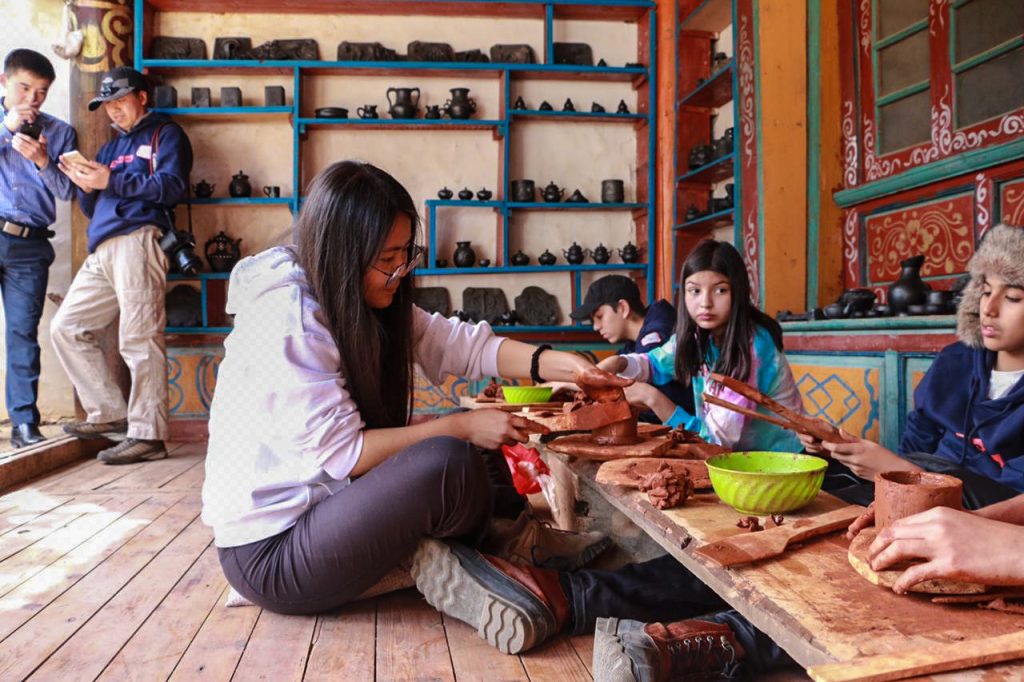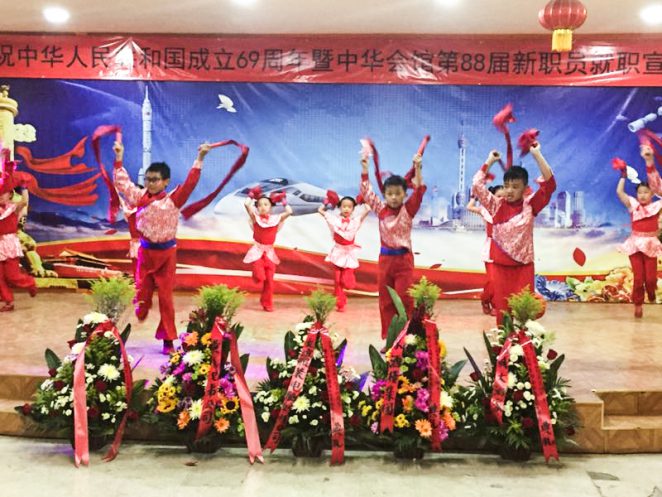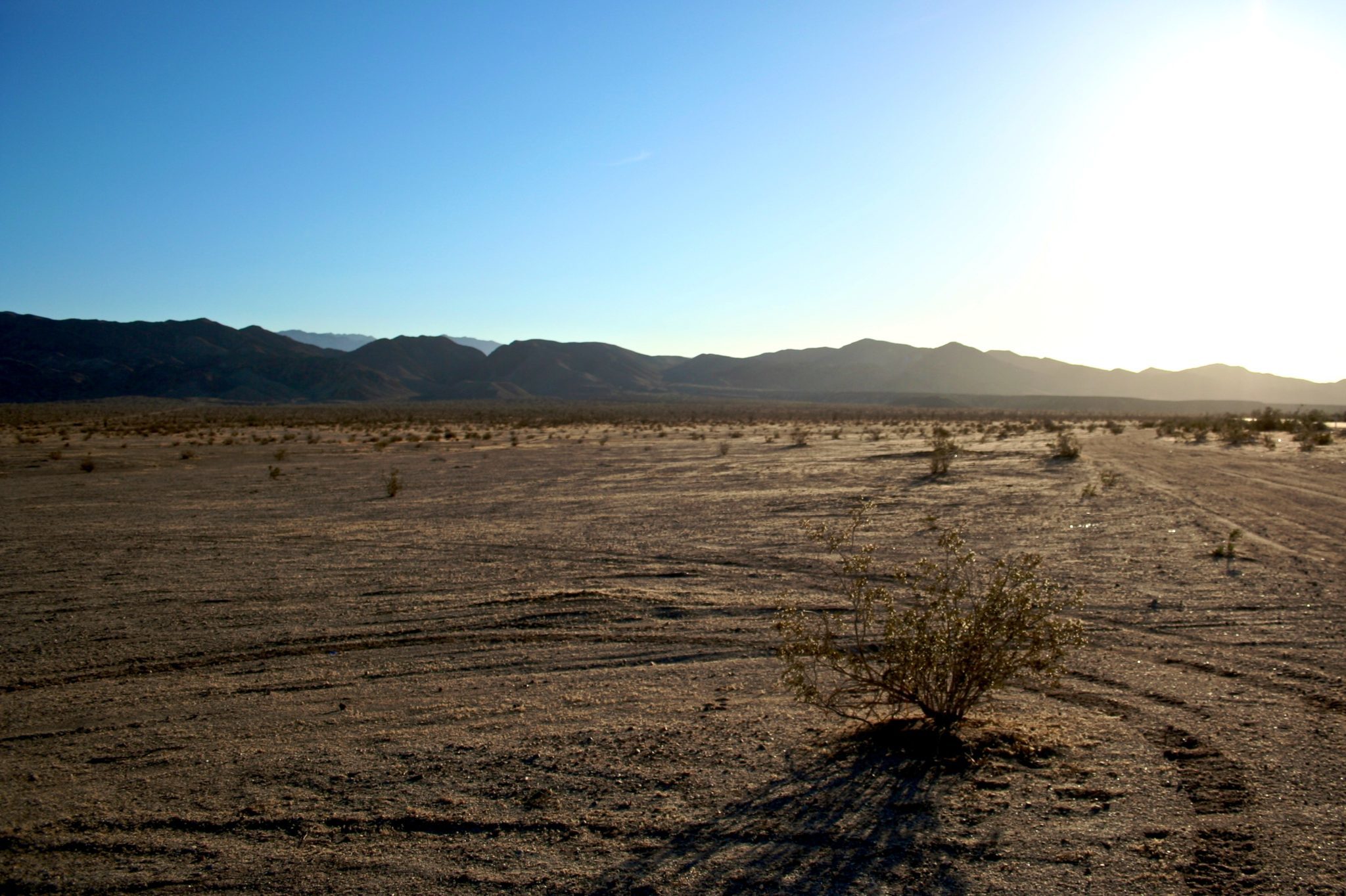Rejected by a hostile regime in the US amid a rising tide of xenophobia, migrant workers fled south of the border in search of opportunities. They were not Mexican, but Chinese.
A century ago the Colorado River Company brought in thousands of Chinese workers to build the railroad in California. But with construction complete, they were driven out of the country. Many returned to China, but others chose to travel south on foot to Mexico. There, they established an agriculture industry that still thrives.
The Chinese that founded Mexicali, now the capital city of Baja California “were intimately involved in every phase of land reclamation and farm-making”, according to historian Jason Oliver. Without them, he says, “it would have taken decades longer to develop into one of the richest agricultural areas in the world”.
Chinese expertise in cotton cultivation allowed them to transform the desert border area into an irrigated colony by channelling water from the Colorado River. The irrigation system functions to this day and sustains abundant agricultural activity.
Since the turn of the century, Mexicali has based its economy on agriculture. Currently, over 15,000 people are employed in the sector in the Mexicali Valley producing mostly cotton but also wheat, alfalfa (a kind of hay), and vegetables, according to the National Secretary of Agricultural Development. Agricultural products are sold nationwide and the majority of those exported go to the US.
The Mexicali Valley’s climate is extremely arid and the water used in the region is still supplied by the Colorado River and regional aquifers. One of the main water management challenges the region faces today is supplying the growing urban population while still meeting demand from agriculture, according to a report by Duke University.
Vibrant Chinese community
Mexicali is a city like no other in Mexico — it has more than 200 Cantonese restaurants that serve everything from sweet and sour fish and three-flavoured shrimp, to fried rice and imitation shark fin soup. It has a vibrant and proud community that is only now beginning to embrace its painful past.
“They say there was a time when newspapers and street signs in Mexicali were in Chinese,” explains Li Bo, who has been teaching Mandarin in Mexicali for six years. “Then Mexicans started arriving and they made it clear they did not want the Chinese around.”
Initially, Mexico welcomed Chinese migrants who began working the land by planting cotton, a crop so highly valued it became known as “white gold”. However, nationalist sentiment grew alongside the Mexican Revolution – a radical transformation of Mexican society that championed agrarian reform. Anti-Chinese sentiment festered. The rhetoric of the day had alarming parallels with that espoused by the current US administration towards Mexicans: Chinese were accused of stealing jobs from the Mexicans and spreading diseases.
Xenophobia spread through the northern states of Sinaloa, Sonora and Baja California. It culminated in the infamous Torreón massacre, in which forces under the command of the revolutionary Francisco Madeiro murdered 300 Chinese and tortured hundreds more, according to historian Grace Pena Delgado.
Out of fear, many took refuge in Mexicali in the basements of La Chinesca, an underground network that families used to protect themselves from the blisteringly high temperatures of the desert. For many years, the underground city became a refuge for Chinese in fear of their lives.

Out of the shadows
Now, La Chinesca is a cultural centre and object of pride for a community mindful of the need to remember its painful past. “La Chinesca has already become a museum where activities are carried out and Mexicans are invited to participate. The Chinese community always invites them,” says Li Bo.
Since the time of widespread xenophobia and persecution by revolutionary forces, the Chinese community has strengthened its relationship with the Mexican authorities.
“The Mexicali government has a lot of respect for us, from the City Council to various municipal and state departments dealing with areas such as migration, public safety and even the Health Ministry,” explains Zhen Yingwei, president of the Association of Chinese Entrepreneurs in Northwest Mexico adding; “They help us, and they need our help.”
This was evidenced last year when the Chinese community mobilized to help victims of the devastating earthquake that hit the central city of Puebla, some 2,700 kilometres from Mexicali, on September 19. The 7.1 magnitude quake killed 326 and injured thousands more.
“When the earthquake struck last year, we formed a group of volunteers to collect supplies,” Zhen Yingwei recounted. “I personally managed that group. In total, the community donated four trucks of food and cleaning products,” he recalls.
According to Zhen, the Mexican community was very grateful for Chinese community’s acts of solidarity. It demonstrated how far the relationship had evolved from the days of hostilities and rejection.
Despite this, cultural and language barriers persist and local schools continually make effort to promote integration. Cultural activities and traditional lunar celebrations happen every year. The Chinese New Year is celebrated with shows, lanterns and brightly-coloured fabrics.

There are huge festivals where Mexicans and Mexicans of Chinese descent enjoy the Cantonese cuisine. But restaurants now face a shortage of cooks, as many see China as a place of greater opportunity.
“Now it is much easier to make money in China than abroad,” Zhen Yingwei explained. Since the Chinese founded Mexicali, China’s has social fabric has changed drastically. Though estimates vary wildly, China’s middle class now numbers up to 400 million people and is expected to double its spending over the next 15 years, according to the study China’s Consumer: Sleeping Giant by ANZ Research.
Li Bo believes that there is still a desire to migrate to north but she plans on staying put having grown accustomed to Mexico’s charms.
“It is almost a dream for the Chinese who came here to go to the US, or at least to have American residency. Many Chinese stay here and then move on,” she explains.
“But I don’t want to go. I don’t like that country,” she adds, laughing. “I really like Mexican food.”

